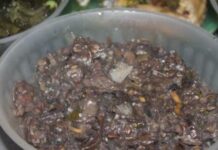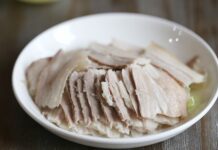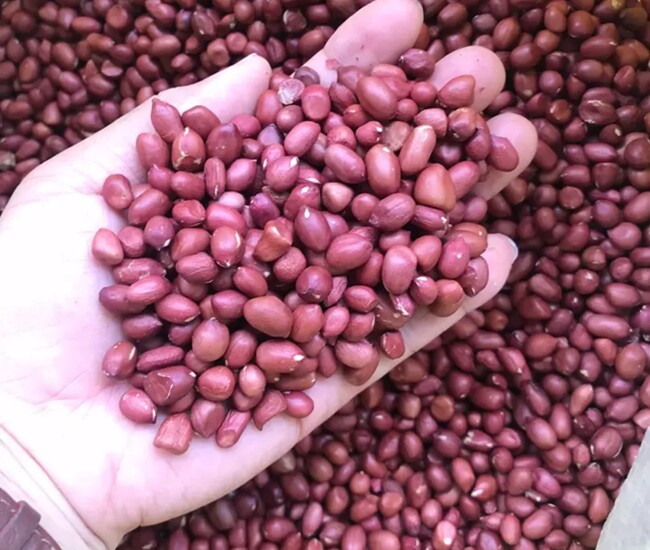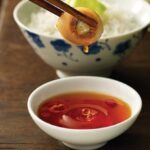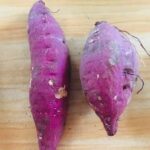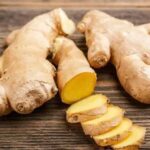1. The Difference Between Red and White Peanuts
Shape and Color
– White Peanuts: Larger, fuller, and more rounded seeds. The outer shell of white peanuts is usually thinner and lighter in color.
– Red Peanuts: Smaller seeds with a bright red outer skin. Each red peanut typically contains 2-3 small seeds inside.
Nutritional Value
Both types boast a high nutritional value, yet they differ in some notable aspects:
Red Peanuts:
– Rich in iron, amino acids, and minerals.
– The red skin has blood-boosting properties, improving blood circulation. Hence, it is recommended to consume the red skin when eating red peanuts.
– Particularly beneficial for women, especially those who need to supplement iron or address anemia.
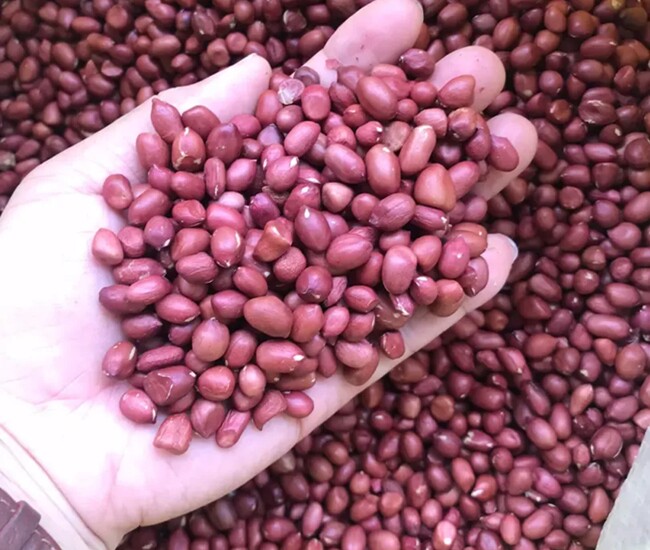
White Peanuts:
– Abundant in unsaturated fatty acids, amino acids, and calcium.
– High calcium content supports strong bones, making it ideal for children and the elderly.

2. Usage of Red and White Peanuts
Red Peanuts
– Taste: Naturally sweet, especially when fresh.
– Culinary Applications: Often used for making porridge, soup, or roasted peanut snacks. Suits dishes that require a subtle, natural sweetness.
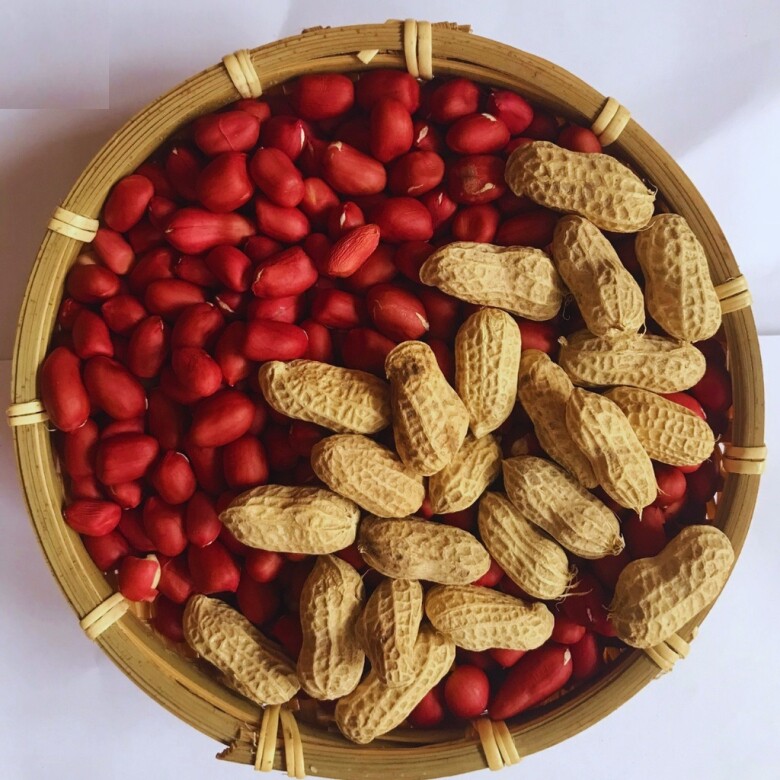
White Peanuts
– Taste: Crispier when chewed due to their higher oil content.
– Culinary Applications: Commonly used for stir-fries, deep-fried dishes, or snacks like salted roasted peanuts and peanut candy. They are also the primary ingredient for extracting peanut oil, a familiar kitchen staple.
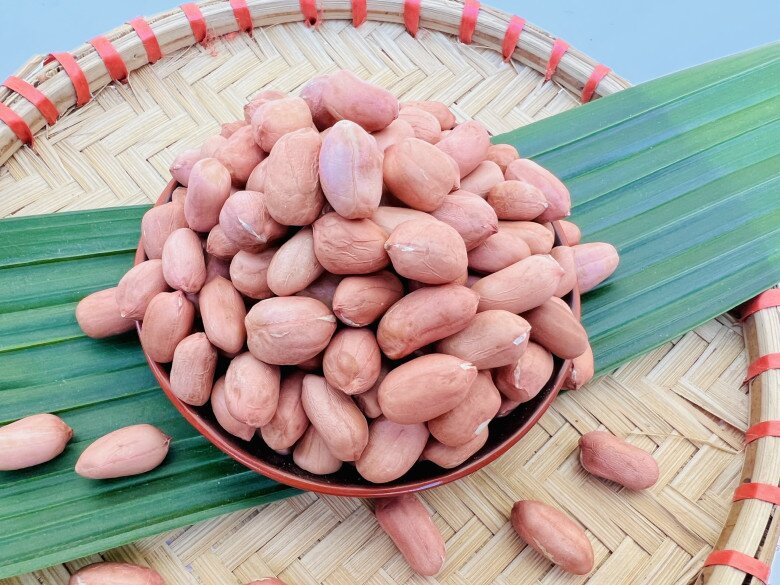
3. Buying Considerations
Each type of peanut has its unique advantages, catering to different culinary purposes:
– Opt for red peanuts if your goal is to boost iron intake or use them in soups or porridge.
– White peanuts are ideal for making cooking oil, stir-fries, or crispy snacks.
– Consider your family’s needs to choose the right type of peanut, avoiding confusion that may impact the flavor of your dishes and lead to waste.
Whether red or white, peanuts are a valuable source of nutrition, beneficial to our health. Understanding their distinct characteristics and benefits not only helps you utilize them more effectively but also adds variety to your daily meals. Choose the right type of peanut to make your dishes even more delicious and nutritious!
A Fatal Mistake When Using Fish Sauce: Are You Unknowingly Harming Your Health?
Every Vietnamese family has its own unique secrets when it comes to seasoning their dishes, but not everyone knows how to use spices correctly and safely. The art of seasoning is a delicate balance, and with the right knowledge, your dishes can be transformed into culinary masterpieces. We’re here to guide you through the wonderful world of spices, so you can elevate your family’s secret recipes and take your taste buds on an adventure.
“Nature’s Hidden Gem: The Sweet Veggie with a Magic Touch”
Introducing a vegetable that is sweet and savory, with leaves resembling papaya, yet remains unknown to many. This humble vegetable boasts an impressive nutritional profile, making it an ideal food for those recovering from illness. With a taste akin to MSG, this vegetable is a hidden gem in the culinary world, waiting to be discovered by discerning palates.











